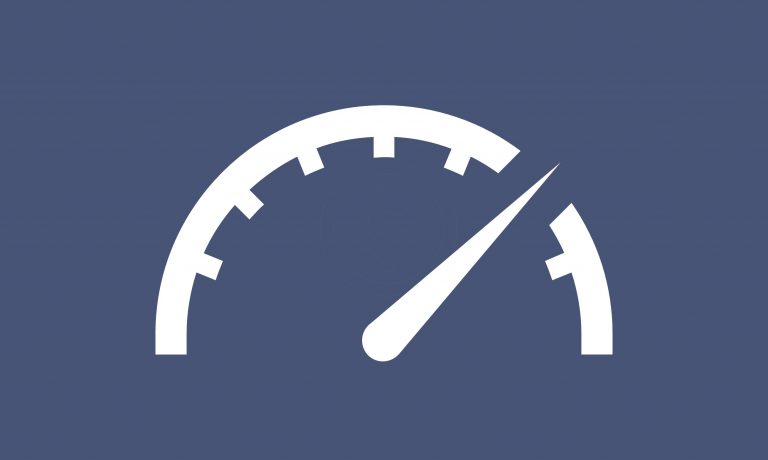Article written by Frederico Zornig and published in the Journal of the Professional Pricing Society (PPS).
Commercial Efficiency can be defined as a series of business activities needed to achieve sustainable revenue and profit growth. However, the definitions of the pillars, that is, of the activities that form the basis for a company to reach a high level of commercial efficiency, are still dispersed. With the level of competition in the market today, failing to seek business excellence can jeopardize the survival of the business.
Being so relevant to success, any company seeking business efficiency needs to start with customer focus, and the first step is to understand customer needs. Many methods are available to do so. Qualitative and quantitative surveys are good ones, but this can also be achieved with structured processes handled by the company’s sales force or marketing team.
Only after you identify value drivers, differentiated products attributes, and customer benefits can you develop products, services and commercial policies that meet these expectations. As a result, every company needs to adjust to the market in which it operates. Because the economic situation and competitive landscape are dynamic, consumers’ preferences change with some frequency and the competition never stops to raise the bar.
To keep up with this dynamism, adjustments can be made through the launch of new products, innovations, changes in the portfolio and assortment of products and also in its positioning of prices and incentives for the market in which it operates. All this is supported by marketing actions that reinforce the company’s positioning, which includes different strategies in the trade and sales channels in line with the company’s strategy, guaranteeing an exemplary execution in the distribution, availability, exhibition, point of sale communication and suggested prices to the consumers (for consumer goods, of course).
Achieving this level of excellence requires that price management must be done through a coherent price list and commercial policies with the right incentives for each channel and market segment, which allows not only timely closing deals for the sales team but also rewards for common goals achieved over a longer term, that can be per quarter or per year.
In this respect, pricing, or strategic pricing management, has a primary role in structuring the market to ensure the survival of a business efficiency program. Through consistent and coherent commercial policies, we can influence the buying behavior of our customers, position each channel to act in its strategic role with its products and ensure the pricing position appropriate to the final consumer.
This commercial policy, in order to be adherent, must have transparency and generate credibility in the market. That is, very exceptional deals outside the company rule may, in the short-term, help close the month’s target, but they have the potential to destroy long-term trading rules, undermining market confidence in your company. Obviously, exceptions will always exist, but if we treat more than a small percentage of transactions as an exception, in a short time, there will be no longer a valid commercial policy and your company will be pricing every negotiation on a case by case basis and without much strategic management of this process, destroying any attempt to achieve the targeted excellence.
Another fundamental point to achieve commercial efficiency is also the training of the sales force. This task is comprised of training the representatives and managers in how to sell value and the availability by the company of tools that help the work of its team. The sales team is most concerned about the goal (quota) of the month and will not be thinking of strategic goals if he/she has not been educated and provided the proper tools.
Moreover, human beings, as we know, are creatures of habit. If a sales team has always been very free to negotiate prices flexibly, to adapt to a new model that although not rigid, directs which discounts can be offered to each customer and need to adapt to tools such as order simulators and contracts pay-for-performance, a strong change management initiative will need to be completed to ensure implementation success.
Finally, this entire process for achieving business efficiency needs to be closed with exemplary customer service and after-sales attention. No sale will be fully completed if your company neglects what happens after the sale is completed, and an oversight at this stage may lead to losing all work in the previous steps.
In conclusion, commercial efficiency depends on simultaneous activities supported mainly by a team prepared to apply a strategic price management aiming to generate credibility and confidence in the market. Without it, in an increasingly dynamic and crowded market, a company will hardly be able to survive for long.


